SLVSC10C October 2013 – April 2016 TPS65301-Q1
PRODUCTION DATA.
- 1 Features
- 2 Applications
- 3 Description
- 4 Revision History
- 5 Pin Configuration and Functions
- 6 Specifications
- 7 Detailed Description
-
8 Application and Implementation
- 8.1 Application Information
- 8.2
Typical Application
- 8.2.1 Design Requirements
- 8.2.2 Detailed Design Procedure
- 8.2.3 Application Curves
- 9 Power Supply Recommendations
- 10Layout
- 11Device and Documentation Support
- 12Mechanical, Packaging, and Orderable Information
Package Options
Mechanical Data (Package|Pins)
- PWP|24
Thermal pad, mechanical data (Package|Pins)
- PWP|24
Orderable Information
6 Specifications
6.1 Absolute Maximum Ratings
over operating free-air temperature range (unless otherwise noted)(1)(1) Stresses beyond those listed under Absolute Maximum Ratings may cause permanent damage to the device. These are stress ratings only, and functional operation of the device at these or any other conditions beyond those indicated under Recommended Operating Conditions is not implied. Exposure to absolute-maximum-rated conditions for extended periods may affect device reliability.
6.2 ESD Ratings
| VALUE | UNIT | ||||
|---|---|---|---|---|---|
| V(ESD) | Electrostatic discharge | Human-body model (HBM), per AEC Q100-002(1) | ±2000 | V | |
| Charged-device model (CDM), per AEC Q100-011 | All pins | ±500 | |||
| Corner pins (1, 12, 13, and 24) | ±750 | ||||
(1) AEC Q100-002 indicates that HBM stressing shall be in accordance with the ANSI/ESDA/JEDEC JS-001 specification.
6.3 Recommended Operating Conditions
over operating free-air temperature range (unless otherwise noted)| MIN | NOM | MAX | UNIT | ||
|---|---|---|---|---|---|
| VIN, VIN_D | 5.6 | 40 | V | ||
| BOOT | 5.6 | 48 | V | ||
| PH | –1 | 40 | V | ||
| IGN_EN | 0 | 40 | V | ||
| EN, VSENSE, 3.3VSENSE, 1.2VSENSE, RT/CLK, nRST, IGN_ST | 0 | 5.25 | V | ||
| VREG, 3.3VDRIVE, 1.2VDRIVE | 0 | 7.5 | V | ||
| SS, DELAY, COMP | 0 | 6.5 | V | ||
| BOOT_LDO | 0 | 8.1 | V | ||
6.4 Thermal Information
| THERMAL METRIC(1) | TPS65301-Q1 | UNIT | ||
|---|---|---|---|---|
| PWP (HTSSOP) | RHF (VQFN) | |||
| 24 PINS | 24 PINS | |||
| RθJA | Junction-to-ambient thermal resistance | 33.6 | 30.3 | °C/W |
| RθJC(top) | Junction-to-case (top) thermal resistance | 16.6 | 30.5 | °C/W |
| RθJB | Junction-to-board thermal resistance | 14.5 | 8.7 | °C/W |
| ψJT | Junction-to-top characterization parameter | 0.4 | 0.3 | °C/W |
| ψJB | Junction-to-board characterization parameter | 14.3 | 8.8 | °C/W |
| RθJC(bot) | Junction-to-case (bottom) thermal resistance | 1.3 | 1.6 | °C/W |
(1) For more information about traditional and new thermal metrics, see the Semiconductor and IC Package Thermal Metrics application report, SPRA953.
6.5 DC Characteristics
VIN = VIN_D = 6 V to 27 V, IGN_EN = VIN, TJ = –40°C to 150°C, unless otherwise noted6.6 Typical Characteristics
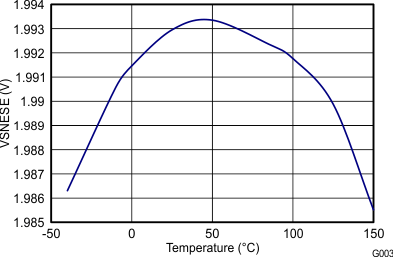
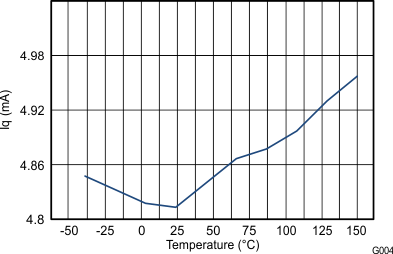
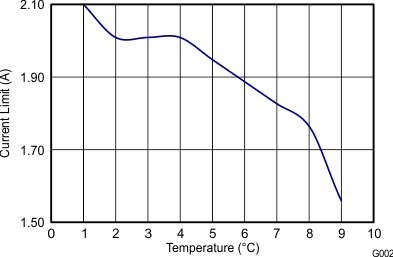
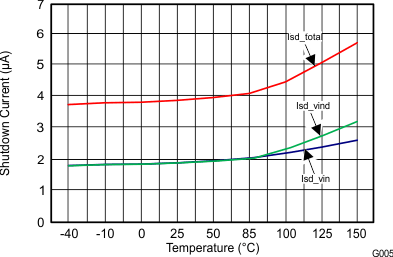
6.6.1 5-V Linear Regulator (5 VO)
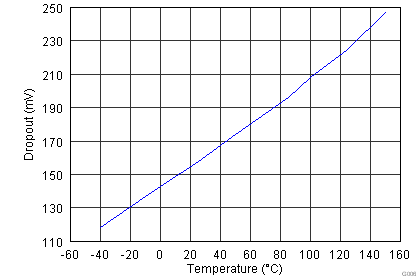 Figure 6. Dropout Voltage vs Temperature
Figure 6. Dropout Voltage vs Temperature
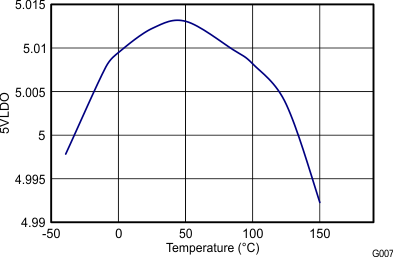 Figure 7. Output Voltage 5VO vs Temperature
Figure 7. Output Voltage 5VO vs Temperature
6.6.2 3.3-V Linear Regulator Controller (3.3 VO)
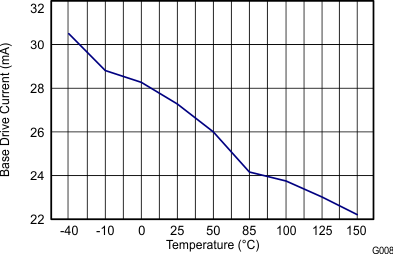 Figure 8. Output Base Drive vs Temperature
Figure 8. Output Base Drive vs Temperature
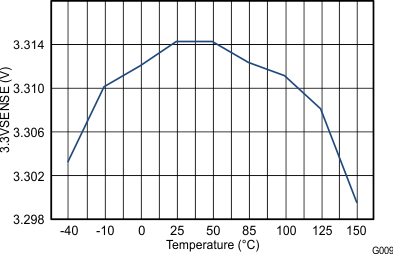 Figure 9. 3.3VSENSE vs Temperature
Figure 9. 3.3VSENSE vs Temperature
6.6.3 1.2-V Linear Regulator Controller (1.2 VO)
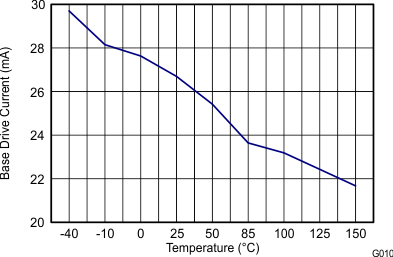 Figure 10. Output Base Drive vs Temperature
Figure 10. Output Base Drive vs Temperature
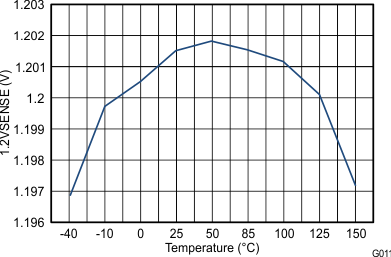 Figure 11. 1.2VSENSE vs Temperature
Figure 11. 1.2VSENSE vs Temperature
